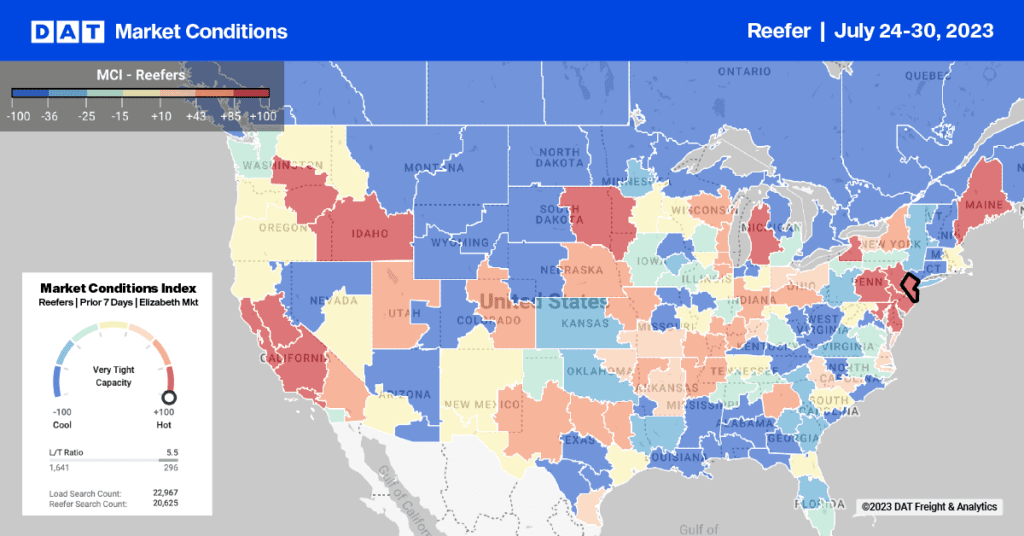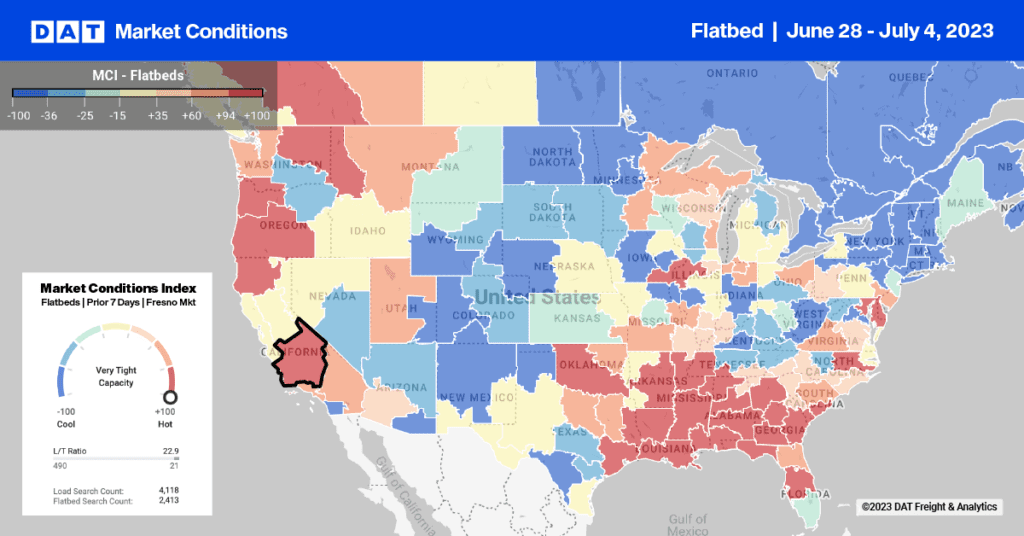Fuel costs don’t typically make the news when prices are falling. This winter, as fuel prices continue to drop, the quiet trend is a happy one for shippers and many carriers. While higher demand and constrained truck capacity boost rates to record levels, the declining price of fuel makes rate increases easier for shippers to manage. For carriers, the declining fuel surcharge deprives them of revenue, but cost savings more than account for the missing pennies per mile.
On Monday, the Energy Information Administration (EIA), the statistical arm of the U.S. Department of Energy, reported that diesel prices fell another 7¢ at the pump, to $3.535 per gallon nationwide. This figure represents a 34.4¢ drop in the past year, which translates into operating savings of 5¢ to 7¢ per mile for most carriers. Shippers aren’t seeing the same level of savings, but if they have a standard contract that separates the line haul rate from the fuel surcharge, then at least a portion of that equation is moving in their preferred direction.
Most economists see the falling energy prices as a boon to the retail sector of the economy. The convention wisdom is that less spending at the pump equates to more purchases of consumer goods. We have seen mixed data on Christmas sales so far, as Black Friday totals were disappointing. There is little doubt about the “feel good” effect of lower fuel costs. Also, durable goods — including capital goods, cars, and appliances — are selling briskly and inflation has yet to rear its ugly head.
Freight transportation is one of the only sectors to experience rising prices, but that trend may not last. If fuel costs continue to fall, expect rate increases to slow or even pause, provided the weather remains “normal” for winter.
During Thanksgiving week, the railroads experienced good operating conditions. With a slight lull in traffic, they were able to increase intermodal shipments. If the railroads can continue to operate at near-normal levels, and fuel continues to slip lower, we might see a more typical, seasonal pattern of softer rates from mid-December through the end of the first quarter.


